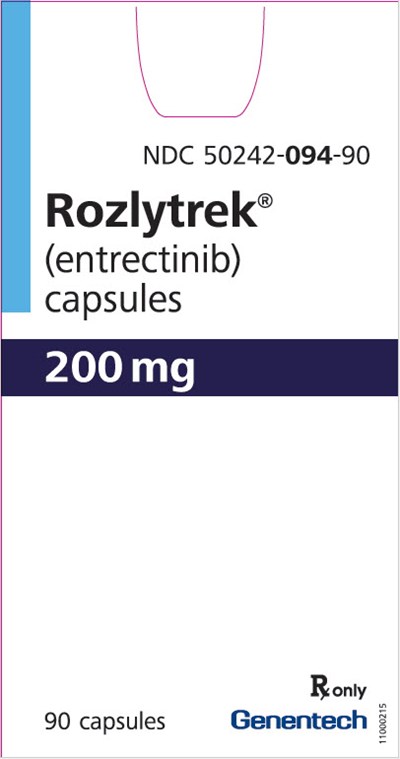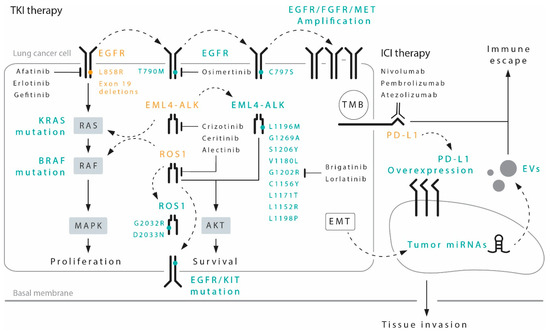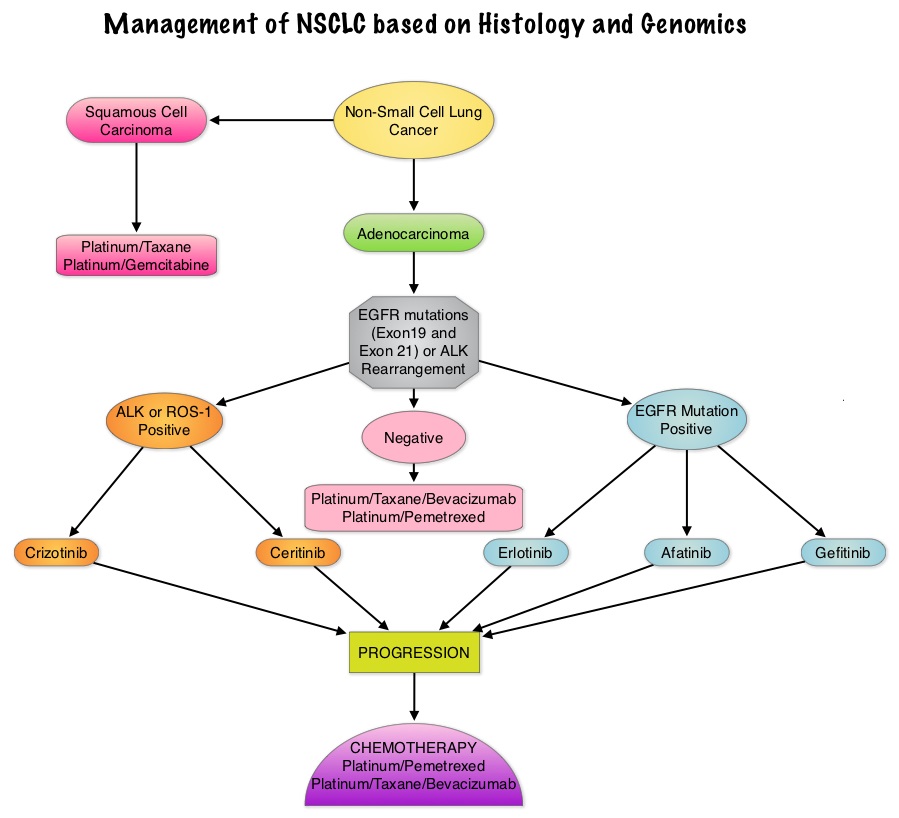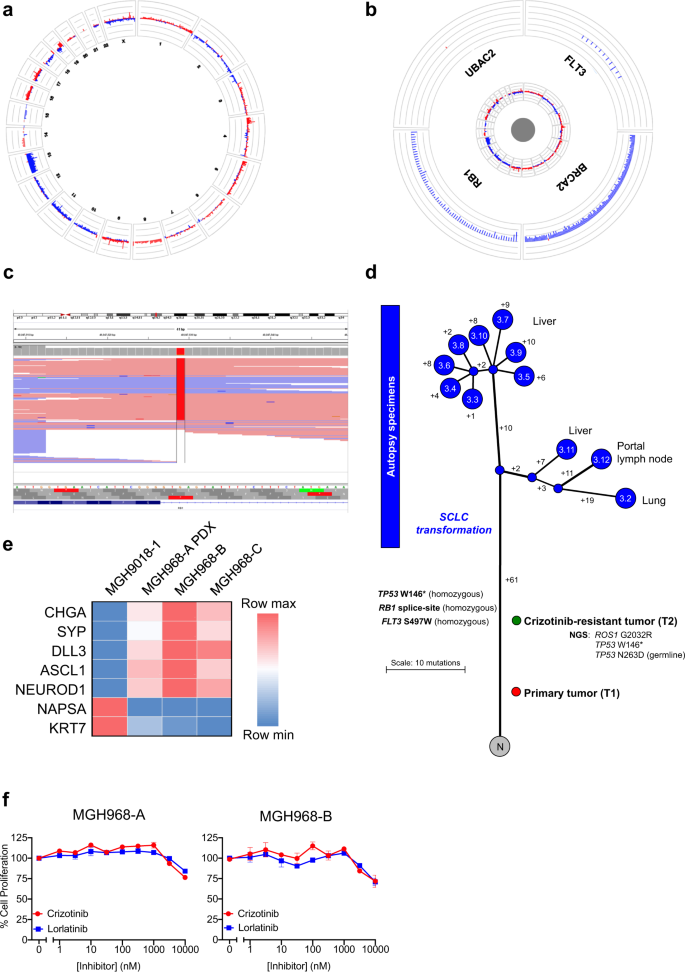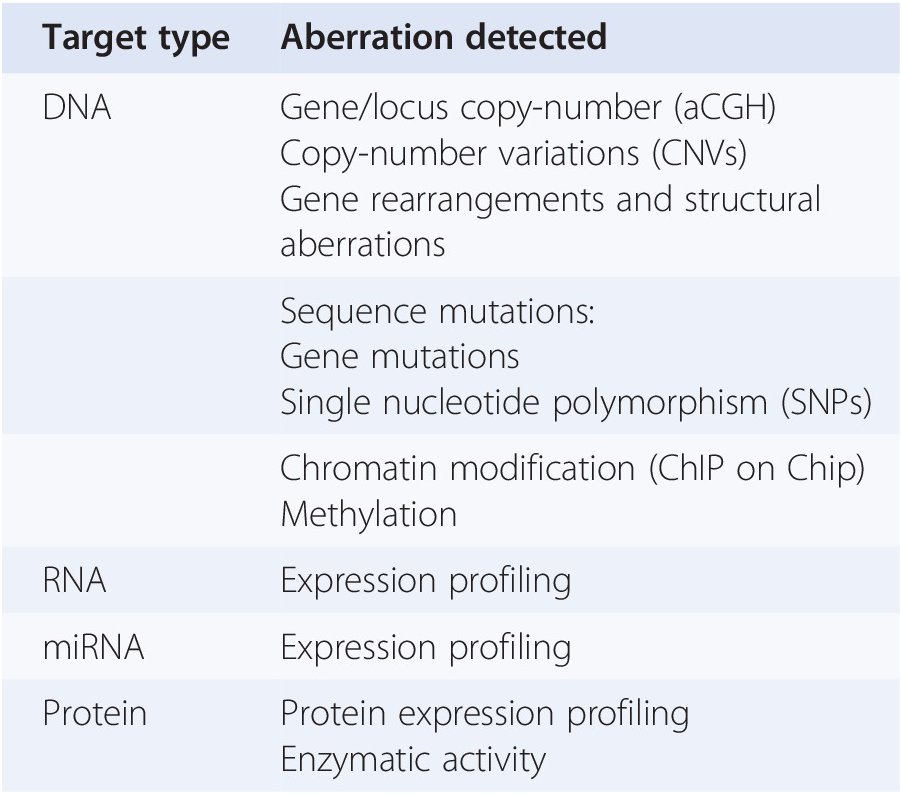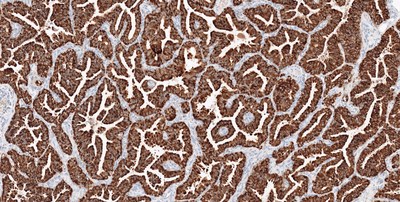Ros1 Gene Stands For
While ros1 is expressed in normal healthy cells it is not normally expressed in the lung 2.
Ros1 gene stands for. This drives abnormal cell growth which is what cancer is. Ros1 has been described as an orphan receptor tyrosine kinase and has no known ligand. Statistics downloads help. Chromosomal rearrangements of the gene encoding ros1 proto oncogene receptor tyrosine kinase ros1 define a distinct molecular subgroup of non small cell lung cancers nsclcs that may be.
Ros1 is a receptor tyrosine kinase encoded by the gene ros1 with structural similarity to the anaplastic lymphoma kinase alk protein. It is encoded by the c ros oncogene and was first identified in 1986. The ros1 signaling pathway has been associated with cancer development 1 2. Genetic rearrangements of ros1 have been identified in various cancer types and widely studied in non small cell lung cancer nsclc 2.
Serine threonine tyrosine protein kinase catalytic domain. The exact role of the ros1 protein in normal development as well as its normal physiologic ligand have not been defined. This genetic mutation occurs in about 1 to 2 of people diagnosed with nsclc. Evidence at protein level.
Learn about first line data for xalkori crizotinib an rx treatment option for c ros oncogene ros1 positive metastatic nsclc. Source reported gene name. Ros1 is an oncogene like the alk oncogene and in fact is related to alk. The ros1 gene is a receptor tyrosine kinase a cell surface receptor that has been shown not only to be a key regulator of normal cellular processes but it also has a critical role in the development and progression of many types of cancer including lung cancer.
This genetic mutation occurs in about 1 to 2 of people diagnosed with nsclc. The ros1 c ros oncogene 1 gene is located at 6q22 on the long arm of chromosome 6. A ros1 rearrangement is an abnormality in a chromosome that can occur in cells of non small cell lung cancer nsclc.









